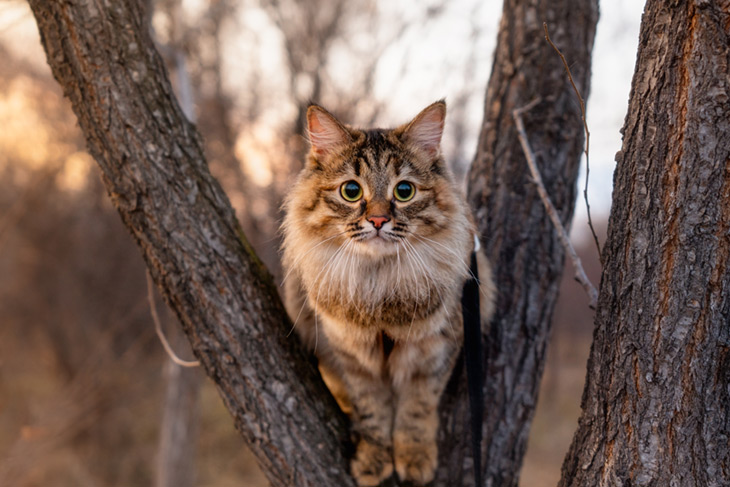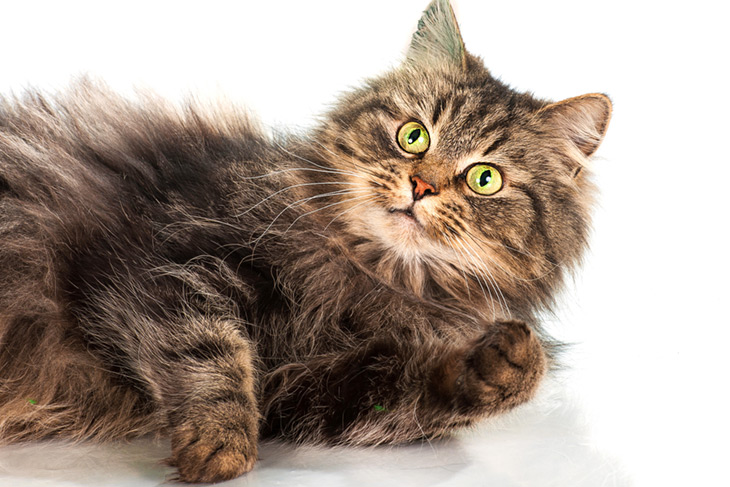Pouch or Pudge?

We are always concerned whether or not, our pets are a healthy weight. Are they consuming the right foods, fit and in good shape?
Cats, the lovely creatures that they are, come in all sorts of shapes and sizes. But what if they are at the ideal weight for their age and breed, yet they have what appears to be a sagging belly? We will discuss what this means and whether or not there is a need for concern.
Firstly, the majority of the time, there is no need for concern. It is usually perfectly normal. Your cat can be completely healthy and still have a sagging belly, or in technical terms, a ‘primordial pouch’. A Primordial pouch is defined as a saggy flap of (usually) fur-covered extra skin on your cat’s underside, which is a protective layer for your loved one. Because it is in fact, extra skin, it has the tendency to sway from side to side and/or jiggle, as he or she walks. Most of the time this extra skin covers the full length of the underbelly, although at times, it is more noticeable towards the back legs. Almost all cats have a primordial pouch, the only difference is the size of it and at times, the shape.

As mentioned, this extra layer of skin is used as a protective layer. Its main functions are to protect the internal organs from other claws or teeth; to provide additional flexibility in their underside that assists with speed, as it allows the belly to stretch and gives them more surface area to leap further; and last but not least, it is hypothesized that it also stores extra food. This is due to the fact that in the wild, these creatures are not guaranteed a daily meal and therefore it is necessary to be able to store excess food in order to survive.
There are ways to identify an overweight cat. It is important to do so, as this can lead to very serious health issues, such as many types of cancer, diabetes, heart disease, hypertension, osteoarthritis and a faster degeneration of affected joints, and urinary bladder stones. Of course, there are also plenty of other issues that can result from obesity, which your vet would be able to discuss with you.

The first thing to do is to look at the shape of your cat. If it appears slim and toned, any excess skin is more than likely, the pouch. If the cat is clearly more pudgy than it should be, it may be that it is overweight and may require either a change in diet or a reduction in daily meals to get it to an ideal weight, that would make it healthier and more energetic. Obese cats tend to appear more round than slim when you are looking down on them from above. You should be able to notice the cat’s waist when looking down. There is an indentation that is made between the legs and the body that creates this shape. Another method is to press on the belly to try to feel the ribs. If you have to press fairly hard, your precious fur baby is probably overweight!
We conclude this newsletter by saying, do not panic at the sight of some extra skin. As we explained, there are a few reasons your cat’s underside may be dangling when moving around. None that would be life threatening. So, there is normally no need to worry, but as always, if you are concerned, you should always talk to your vet.
